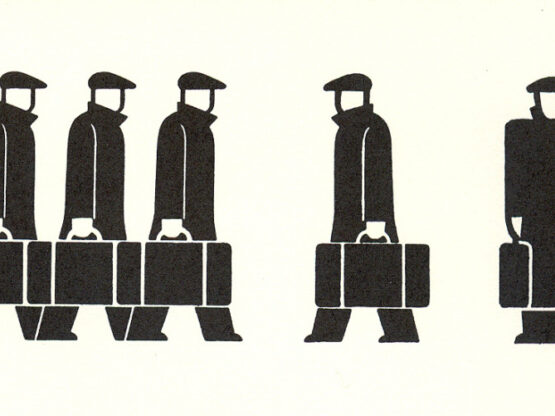Project Story, Evaluation and Conclusion
REFLECTIONS ON LECTURES AND SOURCE MATERIAL
Q1: On reflection, how have self initiated projects helped shape your studio identity?
On the whole the lecturers were united in their view that there is inherent freedom in creating self initiated projects and the benefits are both personal growth through research learning and skills, as well as the rewards that can be gained through recognition such as additional client work. Offshore have used self initiated projects to sharpen their focus on what they want to achieve: What's important, what works and doesn't work and the method of working. Universally, it is agreed that you can focus on your area of interest and develop the work you are passionate about without the boundaries of a framework or time constraints. Having said this, particularly for Frost, setting some boundaries ensure the project will be driven and actually happen. Bompass and Parr also highlight the importance of developing this work to use as a promotional tool and Hey Studio have built on this in the opening of their shop.
TAKE OUTS
— Find your area of interest.
— Tune into what's important.
— Think about the process and how you want to work.
— Process. Method. Timeframe. Framework/No Framework?
— Use the time to experiment, up-skill, explore ideas and be creative.
— Remember – the work you create gives personality to your practice.
— Promote the outcome and 'always' put your name on the work.
— Get involved in competition briefs.
—
Q2: What are the main differences between self initiated work and collaborative, client led projects?
There was a general feeling that client work can sometimes be more limited with very specific briefs, target audiences, schedules and budget, although Vince Frost seems to prefer this structured way of working. You may also have to compromise because of their own visual preferences/concerns or because of the hierarchies within business organisations. Are you talking to the person who makes the decisions for instance. Bompass and Parr raise an interesting point that you should view your self initiated projects like a client would and to be genuinely successful, find a way to monetise a project. They measure this by asking and answering: Is it a genuinely good idea/worth working on?, Can it be financed/monetised? and How do I promote it? ('If no one see's it, you won't get more work').
There is more or less a universal agreement across the group that the self initiated projects allow for growth without boundaries. You are the author and as such can decide on all details such as how much time or money you want to spend. It's your project and your vision.
It is also important that you find a way to bring more of this personal growth and experimentation into your day to day client work to build your studio personality.
TAKE OUTS
— Self financing a self initiated project can be a risk worth taking.
— Client work is service based. For the self initiated, you are the author - it's your vision.
— Self initiated projects can procure client work and you can feed both into each other.
— Give yourself some idea of time and budget if you want to stay the course.
— Find a way to finance/monetise self initiated projects.
— Self initiated projects are essential for the growth of you and your business.
—
D&AD: The side hustle pencil/The Wayback
I absolutely loved this project. This is exactly the kind of connected design thinking with a community based outcome that is both inspiring and effective. Totally floats my boat... I love the process:
— The problem: Dan Cole's father has dementia. How can I find a way to create more interaction/memories before his father is lost to dementia?
— The catalyst: Discovered in a moment where he drove his father through an area of London sparking new memories. coincidental, but the catalyst for the concept.
— The concept: VR 'memory banks' or films to spark shared experiences from people with dementia promoting happiness and well being.
— The finance: Kickstarter and social events. Volunteer work.
— The team: A team built from VR film makers, directors, photographers, lighting and sound engineers, script writers, costume designers, make-up artists, volunteers and actors.
— The research: Partnered with a professional in the field of reminiscence therapy (Prof. David Sheard). Tested and prototyped the scenario's and VR headsets for compatibility with the elderly – comfort, ease of use. Found a relatable subject (1952 Coronation Street Party) for the target audience looking at the small details people remember and details from the period: News, Food, Clothing, Children's Games, Playground Songs etc...
— The outcome: Positive, emotional and happy connected experience sparking conversation and shared experiences from memory recall in dementia patients. A joy to watch.
—
Measuring a projects success
MOST RELEVANT QUESTIONS:
Did you meet the ultimate project deadline and the various deadlines you set in the project plan? If not, why not?
Did you reach key milestones when you expected to reach them?
Did you go over budget and, if you did, why did it happen?
Did the project change?
Did sign-off take longer than planned?
Were there hidden charges you weren’t expecting?
Measure your success checklist:
Project delivery measures
Timing
Cost
Quality
Market measures
Customer satisfaction
Market share
Brand awareness
Differentiation
Company measures
Increased sales/profit
Reduced cost
New markets
New knowledge or skills
Improved processes
Improved staff morale and productivity
What have we learned?
Did we solve the issue we wanted to?
Can we see the value of our design spend?
Have we learnt from the project?
I will look at using some of these questions to see how successful or not so successful I think my self initiated project to be.
—
Workshop Challenge
Finalise the design of your self-initiated project.
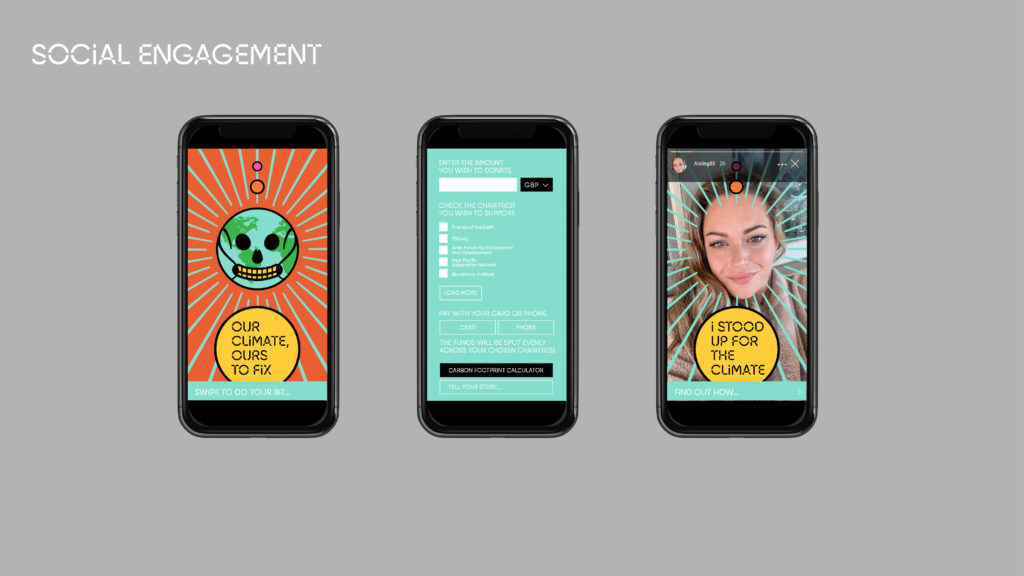
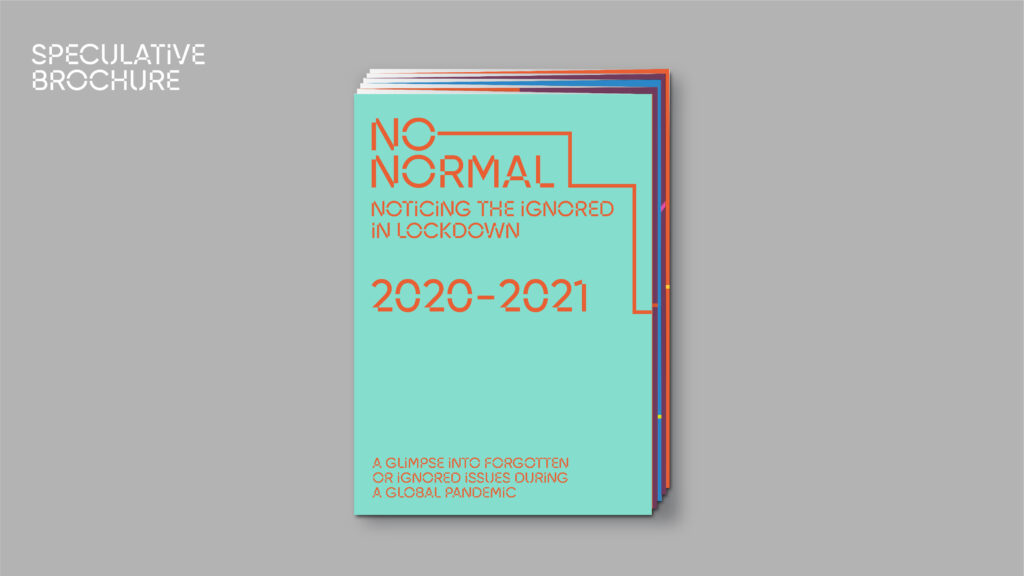
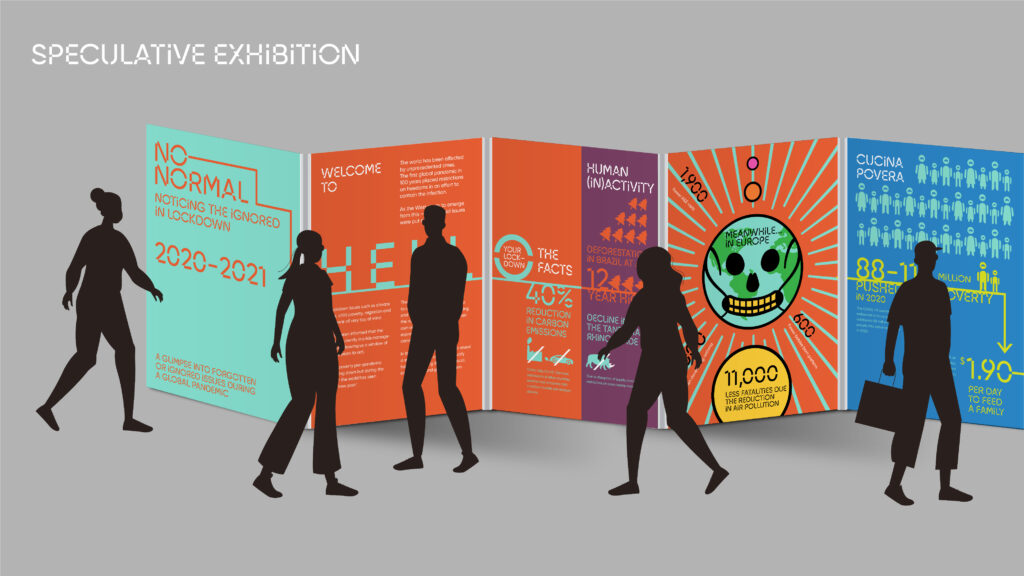
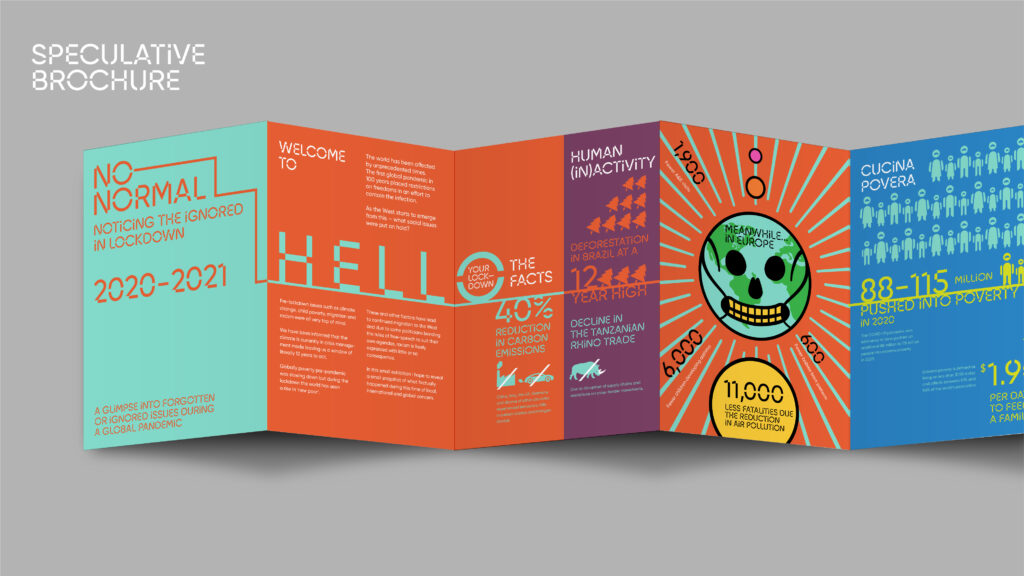
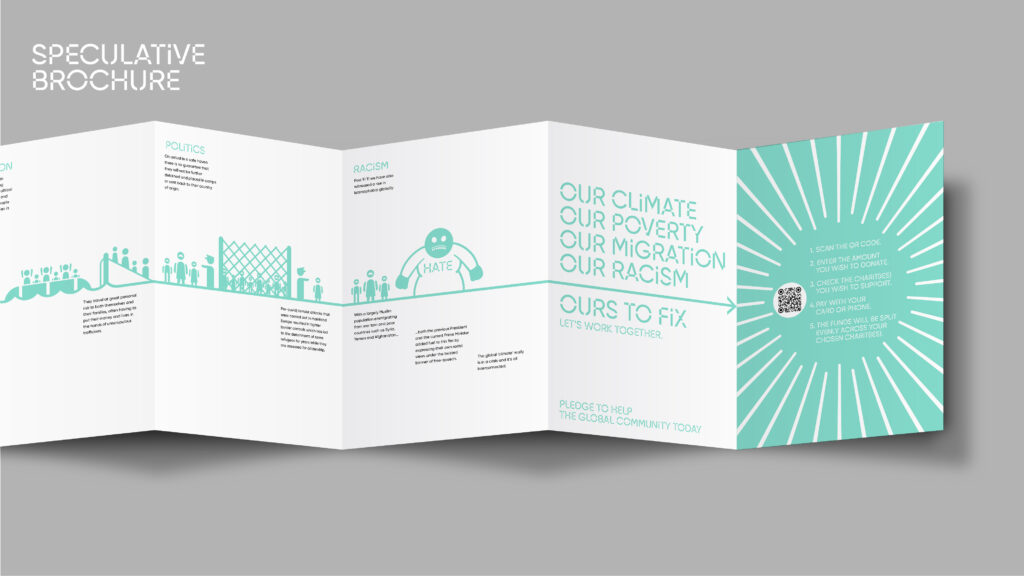
—
Write short notes to evaluate the success (or failure) of your self-initiated project and ensure you articulate the project’s relationship to your own personal practice, interests and creative identity. Gather feedback from your target audience and reflect on what worked, what didn’t work and what you would do differently. Engage in discussion on the Ideas Wall and add your reflective notes to your blog.
What was or wasn’t successful and what have I learn’t from the process?
Taking into account the feedback I have received I think the main issue seems to lie in the initial question itself.
As I had broken down my question into four individual areas of research, the content itself was too broad to be treated with any level of real detail. While I argue that my target audience has a tendency towards social media and soundbites, I do understand that maybe less in this case would have been more.
I think from a visual perspective the project has been largely successful with positive responses all round, but it is also true that if the content is not being engaged with then the design itself is irrelevant to some extent and has failed its audience. It was also put to me that because of the sensitive subject matter that maybe this wasn’t the right treatment. I think it’s maybe true that humour can’t or shouldn’t be used for these kind of topics, but i was trying to get an even balance between the heavy content and its visual representation.
I think i met my own project objectives in providing facts and figures in small grabs of information, however if i approached this again I would try to focus on one area of social interest rather than split it across four individual issues. Ben made an interesting point that audience participation at the forefront of the process could have some bearing on the direction of a project of this nature. I think given the four week window to write a brief, design and produce an outcome I had somewhat overlooked my audience in the process. As I had not been given any feedback from my age groups I was unable to use this as part of the journey and therefore made my own assumptions as to how the information should be treated and received and I think this has fundamentally been at the detriment of the whole project.
Unfortunately - as I was unable to elicit a response on content engagement, so the project has largely failed as it’s target audience did not engage with the piece.
It was also put to me in our crit that charities would not necessarily want to take part in the speculative project because of their own affiliations to their own causes. I think this is true but the idea was to create a channel to bypass corrupt organisations for funding to happen... kind of like a kickstarter, although I agree that you may not get everyone on board.
In conclusion the project was largely a failure because the question was too broad and the execution too playful for the sensitive subject matter.
Going forward, and should I choose a socially responsible project to work on in my own practice; I think I need to conduct the research with audience participation in mind. Perhaps through workshops and online surveys. I think I would like to tackle social issues in the future as part of my own practice but would work directly with charities who have a greater grip and understanding of the important issues at hand.
—
Record a five minute video presentation to evaluate the success (or failure) of your self-initiated project. We want you to reflect on the different stages, from concept development to final outcome, and demonstrate how your project has evolved over the last four weeks. We want you to evaluate your project and gain a fresh insight. Record your presentation in the format of your choice (for example, a voice recorded Keynote or Powerpoint slide presentation, video recording or podcast).
Upload your video presentation to your blog
In recording my video and reviewing the expected process I will need some time to come back to this and to reflect on it some more with the intention of refining my recording.

